 Ramadan is a month in which Muslims around the world begin fasting from sunrise to sunset for a month. A typical Muslim would wake up for suhoor, a meal before fasting begins. This meal is recommended, even if it is just dates and water. Later, the Muslim would go about their typical day, work, school etc until it is time to break fast. Some would break fast at home, some would break fast, or iftar, at the mosque. Later, optional additional prayers are made after the compulsory night prayer, Isyak. These prayers are optional and is said to increase a Muslim’s reward in the afterlife.
Ramadan is a month in which Muslims around the world begin fasting from sunrise to sunset for a month. A typical Muslim would wake up for suhoor, a meal before fasting begins. This meal is recommended, even if it is just dates and water. Later, the Muslim would go about their typical day, work, school etc until it is time to break fast. Some would break fast at home, some would break fast, or iftar, at the mosque. Later, optional additional prayers are made after the compulsory night prayer, Isyak. These prayers are optional and is said to increase a Muslim’s reward in the afterlife.
However, abstaining from food and drinks are not the only things that are avoided during the fast. Muslims abstain from smoking and having sex. Other things such as intentionally vomiting also break the fast.
Ramadan marks the month that Allah, or God, gave the first chapters of the Quran which is the holy book in Islam. It is a month in which Muslims observe self-reflection and get closer to God. Fasting is not only a means to empathize with the poor, but is a form of commitment to God. Since this month is said to multiply any rewards associated with good deeds, Muslims are encouraged to do extra prayers, donate money for noble causes and help the poor.
Some people are exempted from observing the fast, such as those who are pregnant, menstruating, ill, traveling and frail.
Typically during Ramadan, I especially look forward to the community iftars and collective prayers. However, seeing that the stay-at-home orders continue, all mosques are closed and we have to stay inside and observe Ramadan indoors. All prayers and iftars will be observed with my roommate, who thankfully is here with me so I am not completely alone.
This Ramadan will certainly be a different one for me.
Some things to wish to your Muslim friends this Ramadan:
Ramadan Mubarak – Have a blessed Ramadan
Ramadan Kareem – May you have a generous Ramadan
(Image credits: Google Images)


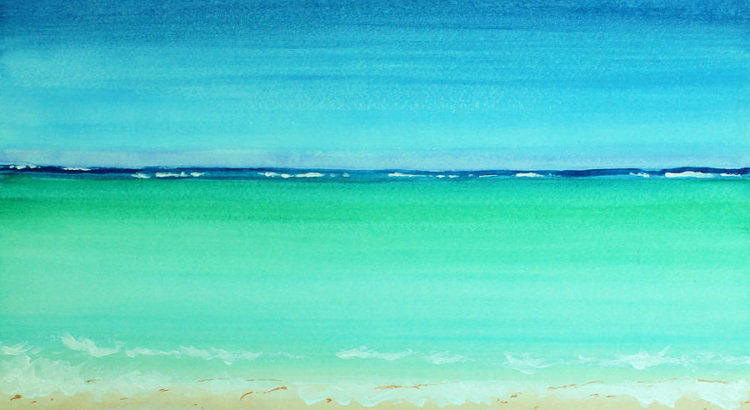
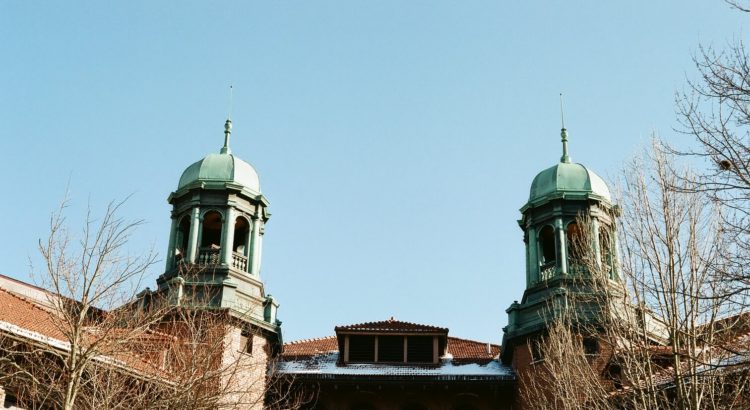
 As a result of staying at home all day, going out has felt rather strange. Walking to the post office to mail postcards home feels like uncharted territory… it feels almost illegal to be breathing outside air. Why is there no one everywhere?
As a result of staying at home all day, going out has felt rather strange. Walking to the post office to mail postcards home feels like uncharted territory… it feels almost illegal to be breathing outside air. Why is there no one everywhere?


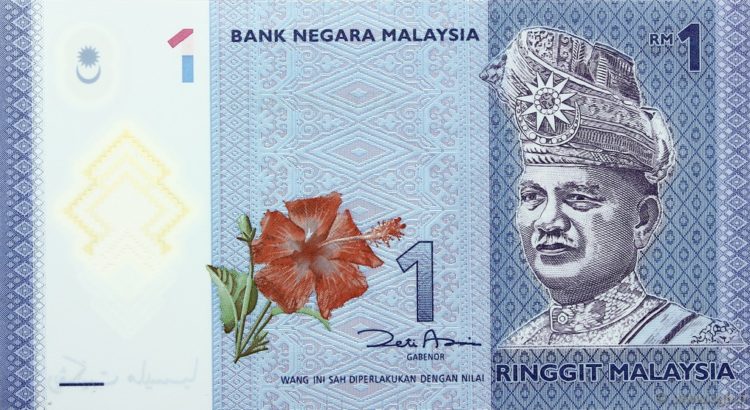
 I daydream of going home, where healthcare is universal.
I daydream of going home, where healthcare is universal.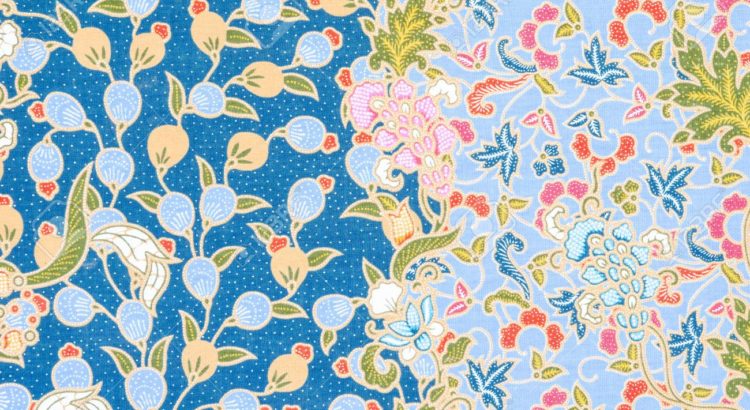
 Batik is an Indonesian technique of applying wax-resist dying on cloth. This technique is originally from Java, Indonesia although it has many roots elsewhere. It is usually drawn using the spouted tool on the left which is filled with wax. This method is called canting (pronounced as chanting). The other method is by printing using a copper stamp called cap (pronounced as chup).
Batik is an Indonesian technique of applying wax-resist dying on cloth. This technique is originally from Java, Indonesia although it has many roots elsewhere. It is usually drawn using the spouted tool on the left which is filled with wax. This method is called canting (pronounced as chanting). The other method is by printing using a copper stamp called cap (pronounced as chup). exception however. Malaysian batik is also more vibrant and uses different methods to draw its designs.
exception however. Malaysian batik is also more vibrant and uses different methods to draw its designs.






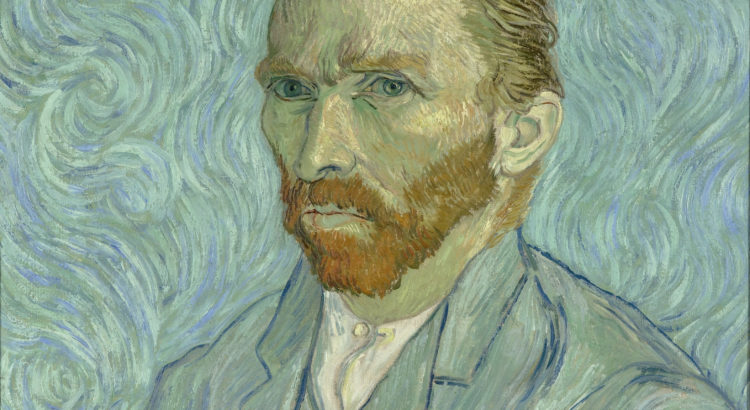
 1. His most famous painting, the Starry Night was completed when he was residing in an asylum. He admitted himself in there and was recuperating from a nervous breakdown. He never thought the painting was any good.
1. His most famous painting, the Starry Night was completed when he was residing in an asylum. He admitted himself in there and was recuperating from a nervous breakdown. He never thought the painting was any good.
 6. His life is docume=nted through the many letters he wrote. He wrote to his brother, his friend, Paul Gaugin. Some interesting quotes from his letters are ” if one were to say but few words, though ones with meanings, one would do better than to say many that were only empty sounds, and just as easy to utter as they were of little use” and “Well, then, what can I say; does what goes on inside show on the outside? Someone has a great fire in his soul and nobody ever comes to warm themselves at it, and passer-by see nothing but a little smoke at the top of the chimney and then go on their way. So now what are we to do, keep this fire alive inside, have salt in ourselves, wait patiently, but with how much patience, await the hour, I say, when whoever wants to, will come and sit down there, will stay there, for all I know?” .
6. His life is docume=nted through the many letters he wrote. He wrote to his brother, his friend, Paul Gaugin. Some interesting quotes from his letters are ” if one were to say but few words, though ones with meanings, one would do better than to say many that were only empty sounds, and just as easy to utter as they were of little use” and “Well, then, what can I say; does what goes on inside show on the outside? Someone has a great fire in his soul and nobody ever comes to warm themselves at it, and passer-by see nothing but a little smoke at the top of the chimney and then go on their way. So now what are we to do, keep this fire alive inside, have salt in ourselves, wait patiently, but with how much patience, await the hour, I say, when whoever wants to, will come and sit down there, will stay there, for all I know?” . 
